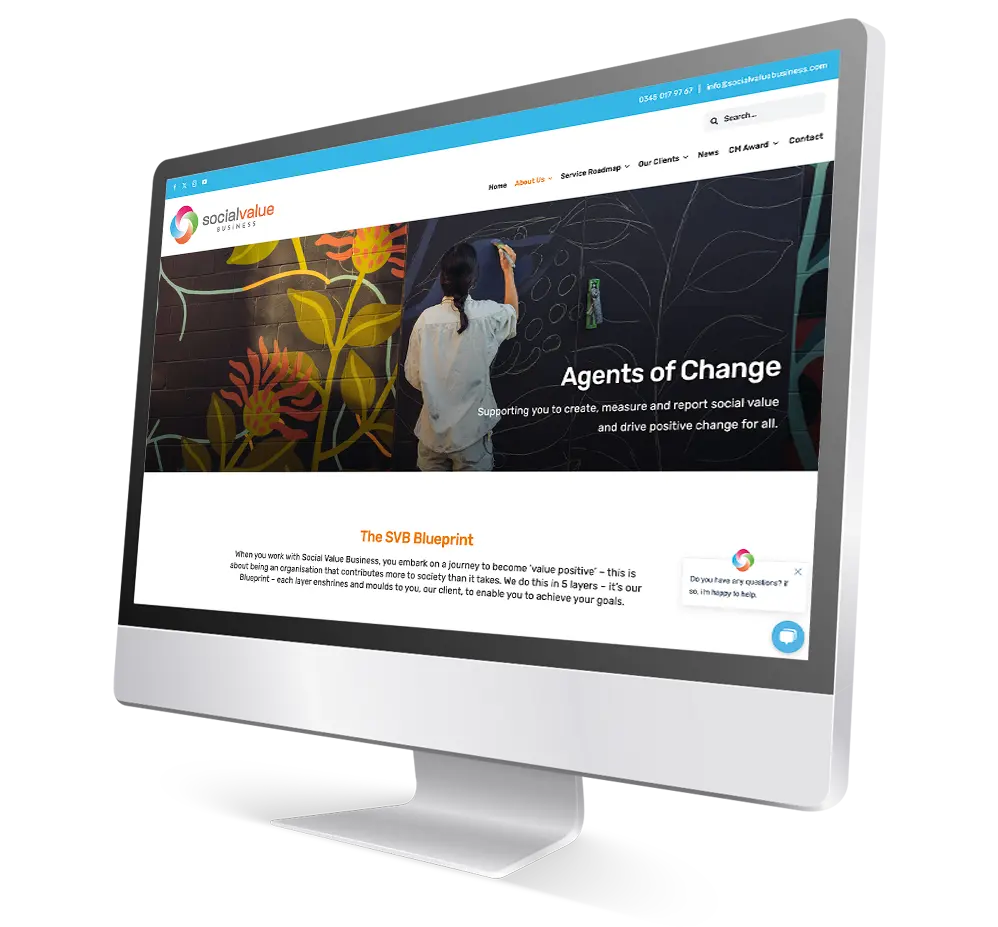How Website Design Can Help Improve User Experience and Engagement
How Website Design Can Help Improve User Experience and Engagement
Blog Article
Boost Interaction With Innovative Site Design Solutions
In the world of digital communication, the significance of ingenious site style services can not be overemphasized. A thoughtfully crafted customer experience, underpinned by strategic visual design and interactive aspects, can substantially improve user engagement. By checking out numerous techniques such as responsive style and tailored material, organizations can create a system that not just mesmerizes users but also fosters long-lasting commitment. The challenge lies in recognizing the subtleties of customer actions and preferences. This elevates an important concern: what particular strategies can be executed to ensure that a site stays compelling and user-centric?

Recognizing Individual Experience
Understanding individual experience (UX) is critical for creating efficient site style options, as it directly influences exactly how customers communicate with digital systems. An extensive UX method incorporates numerous aspects, including customer, ease of access, and usability satisfaction, all of which add to the overall effectiveness of a site.
To start with, functionality concentrates on just how conveniently individuals can browse and find the details they look for - website design. A well-structured layout, intuitive navigating, and clear phone calls to action are fundamental components that boost functionality. Accessibility makes sure that all users, including those with disabilities, can successfully interact with the web site. This involves creating material that is compliant with availability criteria and can be easily accessed making use of assistive modern technologies.
Moreover, comprehending individual identities is crucial for tailoring the experience to satisfy specific target market needs. By conducting user research and testing, designers can collect understandings that inform design decisions, ensuring the site not just satisfies visual objectives however also satisfies useful needs. Inevitably, a thoughtful technique to UX design fosters interaction, motivates retention, and enhances total individual contentment, which are crucial for the success of any kind of electronic platform.
Visual Style Techniques
Including efficient aesthetic layout methods is vital for capturing individual interest and enhancing the general customer experience on a site. A well-balanced visual hierarchy guides customers via the content, allowing them to conveniently absorb and navigate information. This can be achieved with the strategic use typography, color pattern, and spacing, which jointly create a natural and appealing format.
Color plays an essential role in evoking feelings and establishing brand name identification. Making use of a balanced color combination that straightens with the brand name's ethos can promote familiarity and depend on. In addition, incorporating premium photos and graphics improves visual appeal and can significantly boost individual engagement.
Whitespace, frequently overlooked, is similarly vital as it permits material to take a breath and stops overwhelming customers with mess. It assists in easier reading and understanding, resulting in a more delightful searching experience.
Last but not least, uniformity in style elements-- such as switch styles, symbols, and fonts-- ensures a seamless customer journey, reinforcing the brand name's expertise. By purposefully implementing these visual layout approaches, internet sites can not only bring in visitors however also urge them to remain longer and engage more deeply with the material.
Interactive Aspects for Involvement
Involving users efficiently typically pivots on the execution of interactive elements that invite participation and cultivate a vibrant browsing experience. These components, consisting of quizzes, polls, and interactive infographics, encourage customers to proactively get involved instead of passively eat content. By integrating such attributes, web sites can not only catch focus but additionally enhance individual retention.

Gamification is an additional effective method. Integrating game-like components, such as success or incentives for completing tasks, can change ordinary interactions right into satisfying experiences. This method not only enhances interaction but also encourages customers to return, developing a faithful target market.
In addition, interactive aspects can assist in social sharing, intensifying a website's reach. Features like remark sections, share switches, and user-generated content areas foster community communication, transforming site visitors into active individuals. website design. Inevitably, the tactical use interactive elements is essential for creating a appealing and engaging web site that reverberates with individuals
Adaptive and receptive Layout
A well-designed web site must focus on responsive and adaptive style to guarantee optimum user experiences throughout a selection of tools and screen dimensions. Receptive style employs fluid grids and versatile pictures, permitting the format to instantly readjust based on the audience's screen dimension. This method makes certain that individuals can conveniently interact and navigate with the web content, regardless of whether they are utilizing a desktop computer, tablet, or smartphone.
On the other hand, flexible layout makes use of predefined designs that are tailored to certain gadget classifications. This means that the website finds the type of tool being utilized and serves the proper design, which can improve filling times and maximize the display of crucial aspects. While both strategies intend to improve functionality, receptive design is usually preferred for its fluidity and smooth transition in between gadgets.
Including receptive and flexible design not only improves customer contentment but additionally favorably affects search engine positions. Online search engine prioritize mobile-friendly sites, thus raising presence and drawing in even more visitors. Therefore, spending in these layout strategies is important for services wanting to engage their audience efficiently and preserve an one-upmanship in today's electronic landscape.
Studying User Comments and Information
Individual comments and information evaluation are vital parts of efficient site layout, as they offer valuable insights into individual habits and choices. By systematically accumulating and checking out customer responses via studies, usability screening, and analytics devices, developers can identify pain points and locations for enhancement. This data-driven strategy enables businesses to tweak their web site elements, making sure that the customer experience straightens with audience expectations.
Assessing metrics such as bounce rates, time on page, and click-through rates offers a measurable perspective on customer engagement. These metrics assist designers recognize which material resonates and which areas may need optimization. Moreover, A/B screening can be like this employed to assess variants in style, enabling developers to make informed decisions based on individual interactions.
Integrating user comments not only improves web site use yet also promotes a sense of area and depend on. Involving with individuals with comments loops cultivates loyalty and encourages repeat brows through. Eventually, leveraging individual comments and data analysis is important to developing a vibrant, user-centered internet site that adapts to evolving customer requirements and choices, thereby driving higher involvement and contentment.
Final Thought
A thoughtfully crafted user experience, underpinned by critical visual design and interactive elements, can substantially boost customer involvement.Integrating effective aesthetic layout approaches is important for catching user attention and enhancing the total customer experience on a web site.Individual comments and information analysis are necessary elements of effective web site style, as they supply valuable insights into customer habits and preferences. Ultimately, leveraging resource individual responses and information evaluation is indispensable to creating a dynamic, user-centered internet site that adjusts to developing individual requirements and choices, therefore driving higher interaction and contentment.
In verdict, ingenious internet site design remedies dramatically improve customer engagement by prioritizing user experience, utilizing effective aesthetic strategies, and integrating interactive aspects.
Report this page